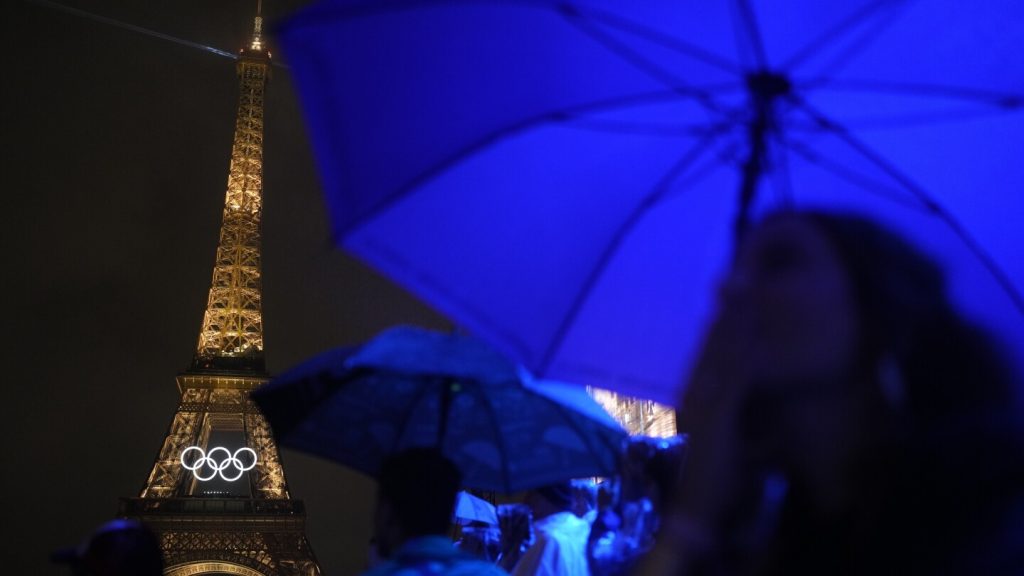The Vatican has expressed its disappointment and disapproval of certain scenes from the Olympic Games opening ceremony that featured drag queens and evoked Leonardo da Vinci’s “The Last Supper.” Despite the ceremony’s artistic director denying any connection to the famous painting and stating that the scene was meant to celebrate diversity, many critics, including France’s Catholic bishops, felt that it made a mockery of Christianity. The Vatican’s statement in French emphasized that at a prestigious event like the Olympics, there should be no ridiculous allusions to religion.
The scene that sparked controversy during the July 26 ceremony featured DJ and producer Barbara Butch, an LGBTQ+ icon, wearing a silver headdress resembling a halo, surrounded by drag artists and dancers. This portrayal was seen by many as a reference to Jesus and his apostles in Da Vinci’s painting, leading to outrage and condemnation from Catholic leaders around the world. The Paris Olympics organizers later issued an apology to anyone who was offended by the tableau, acknowledging the sensitivity of the religious imagery portrayed.
Despite the uproar caused by the scene at the opening ceremony, the Vatican did not immediately respond to the controversy. The delay in issuing a statement drew questions about the timing of their reaction, coming a week after the event had taken place and after other Catholic leaders had already expressed their concerns. The Vatican’s spokesperson did not provide a reason for the delay in their response, leaving many to speculate on the significance of their statement and its impact on future ceremonies.
The Olympics have always been a platform for countries to come together and celebrate diversity, unity, and common values. However, the inclusion of controversial scenes like the one at the opening ceremony raises questions about the boundaries of artistic expression and respect for religious beliefs. The Vatican’s stance on the matter highlights the sensitivity around religious imagery and the need for organizers to be mindful of how their presentations may be perceived by different faith communities around the world.
As the Paris Olympics continue, the fallout from the opening ceremony scene serves as a reminder of the power of visual representation and its ability to evoke strong emotions and reactions. The controversy surrounding the portrayal of religious symbolism underscores the challenges that event organizers face in navigating cultural and religious sensitivities while striving to create a spectacle that resonates with a global audience. Moving forward, it will be important for organizers to consider the diverse perspectives and beliefs of their viewers to ensure that future ceremonies are inclusive and respectful of all faith traditions.
In a rapidly changing world where art, culture, and religion intersect on a global stage, incidents like the one at the Olympic Games opening ceremony highlight the importance of dialogue, understanding, and mutual respect. While controversies may arise from creative interpretations and artistic expressions, it is essential to find a balance between freedom of speech and respect for deeply held beliefs. The Vatican’s response to the scene at the opening ceremony raises important questions about the role of religion in public events and the need to uphold values of tolerance, diversity, and inclusivity in our increasingly interconnected world.


